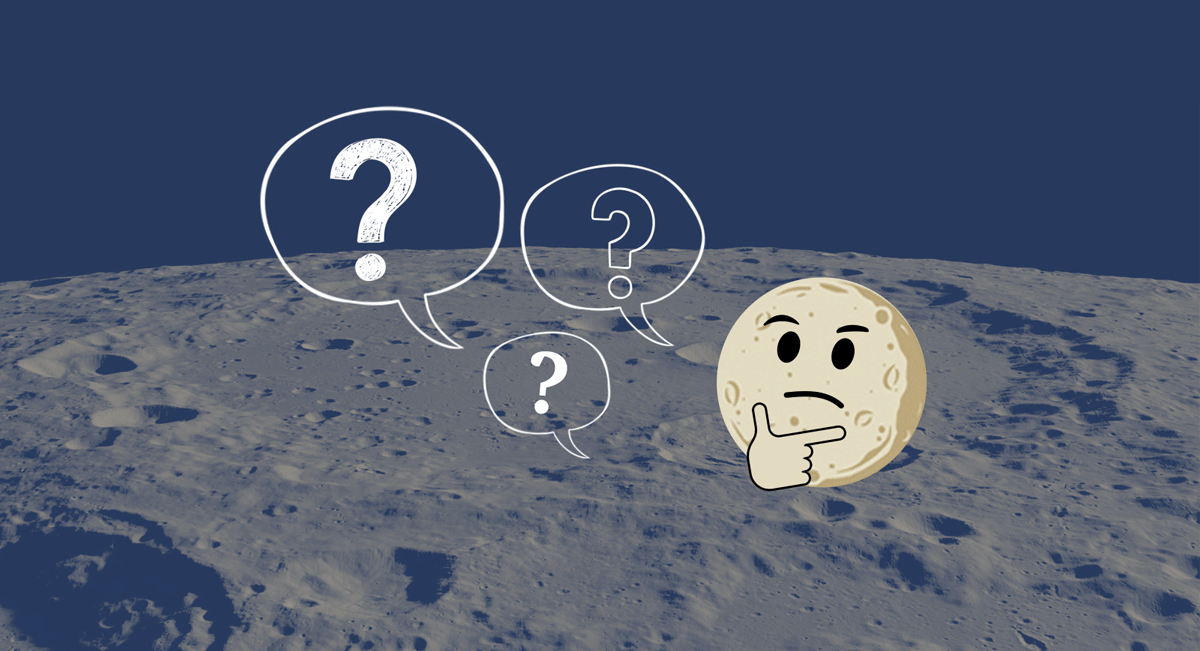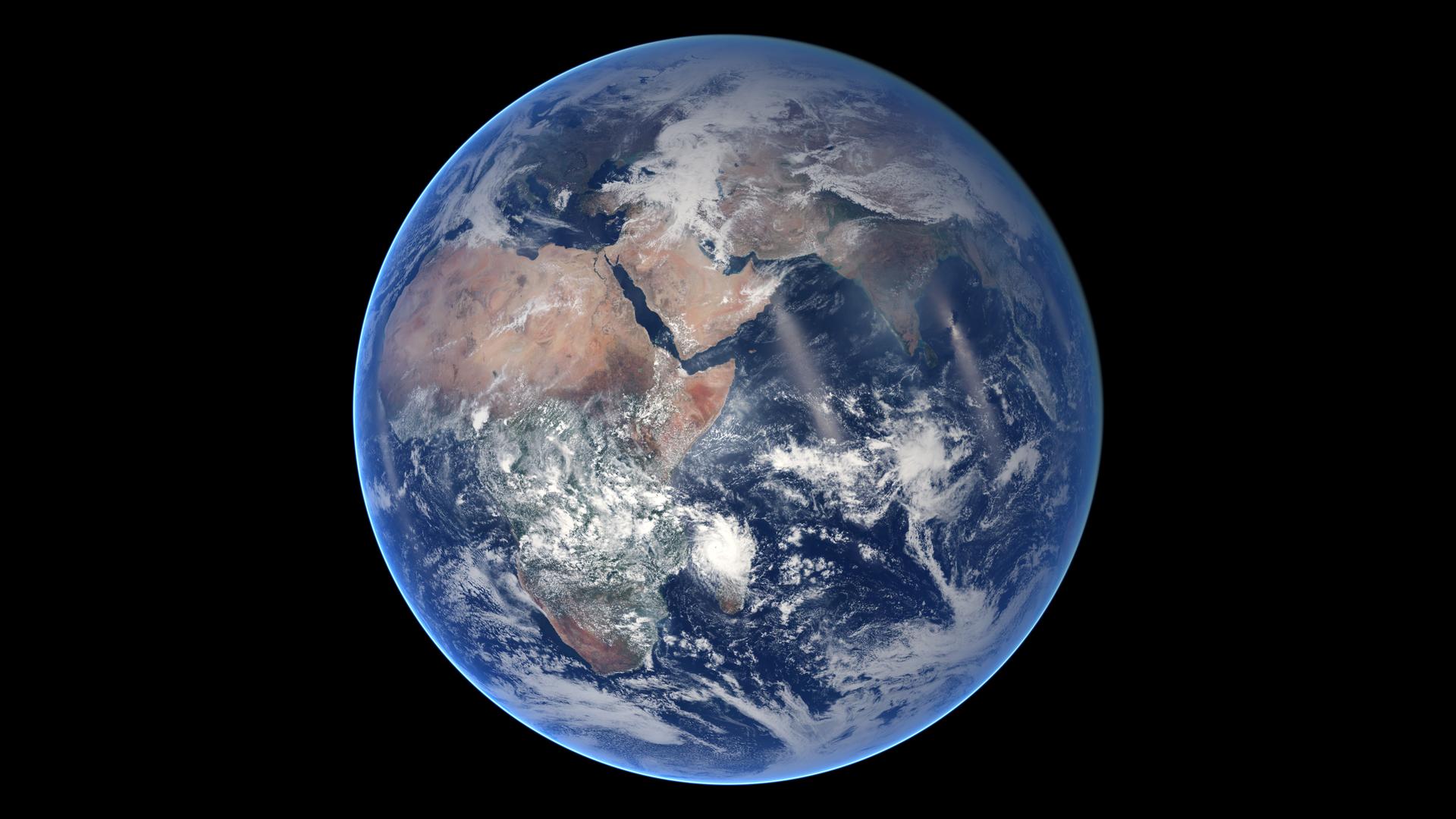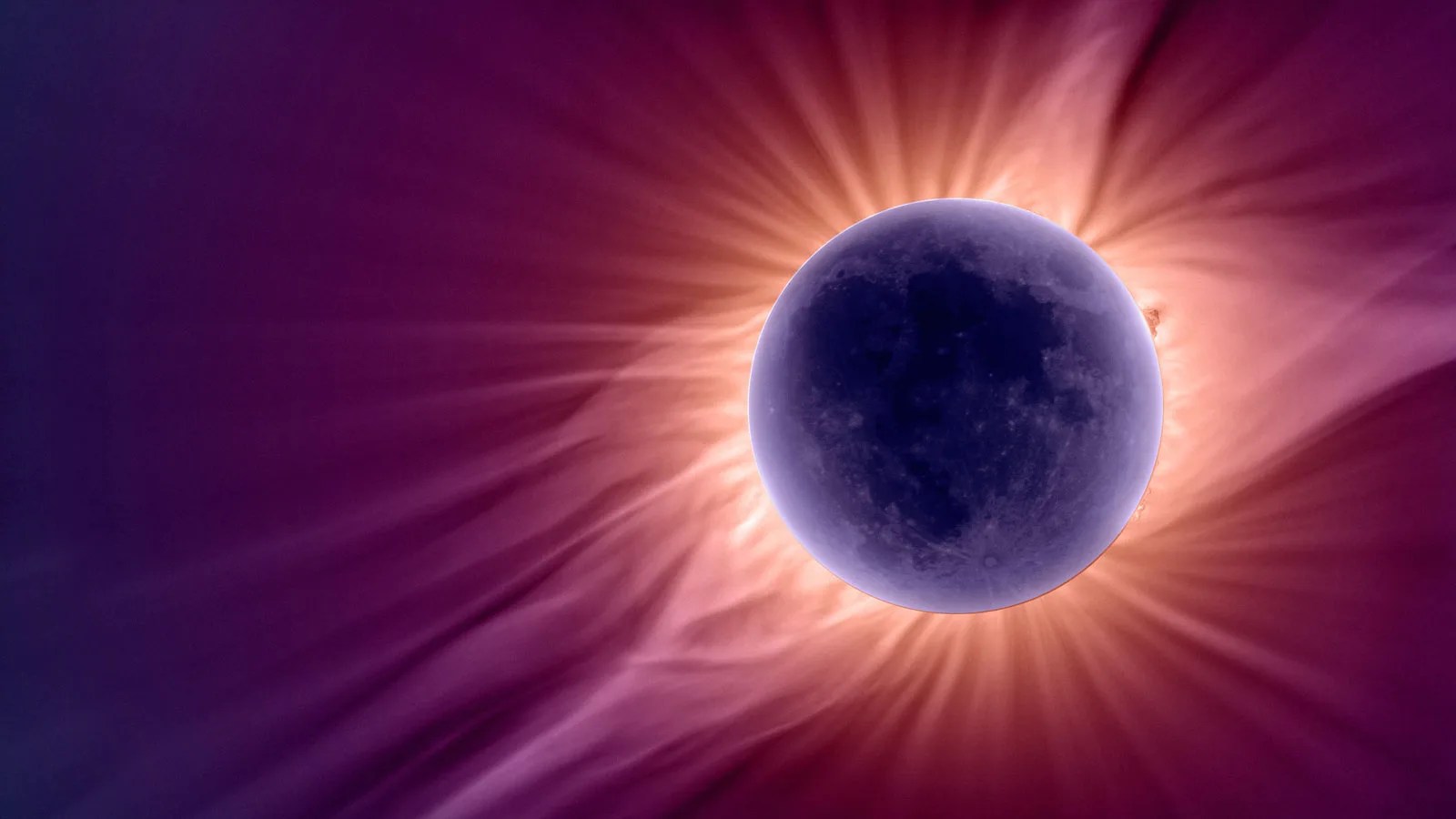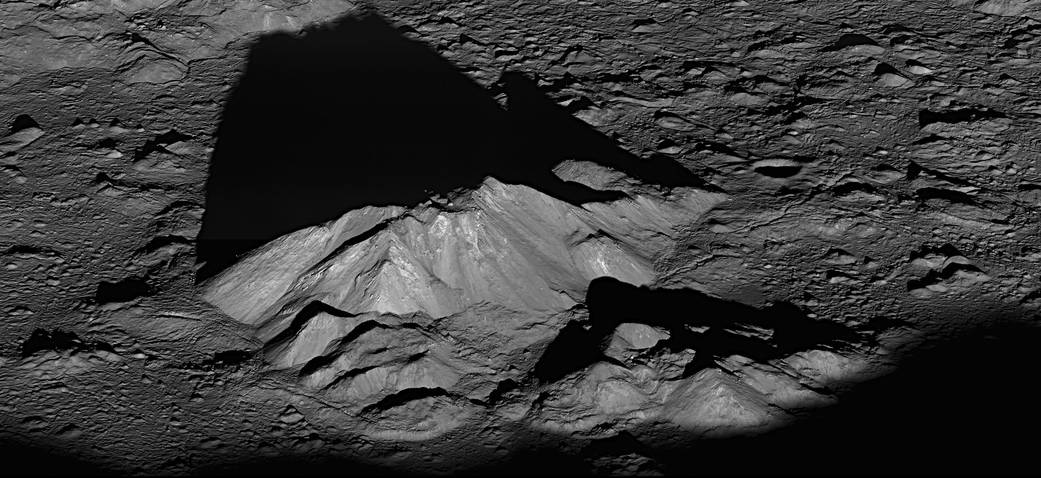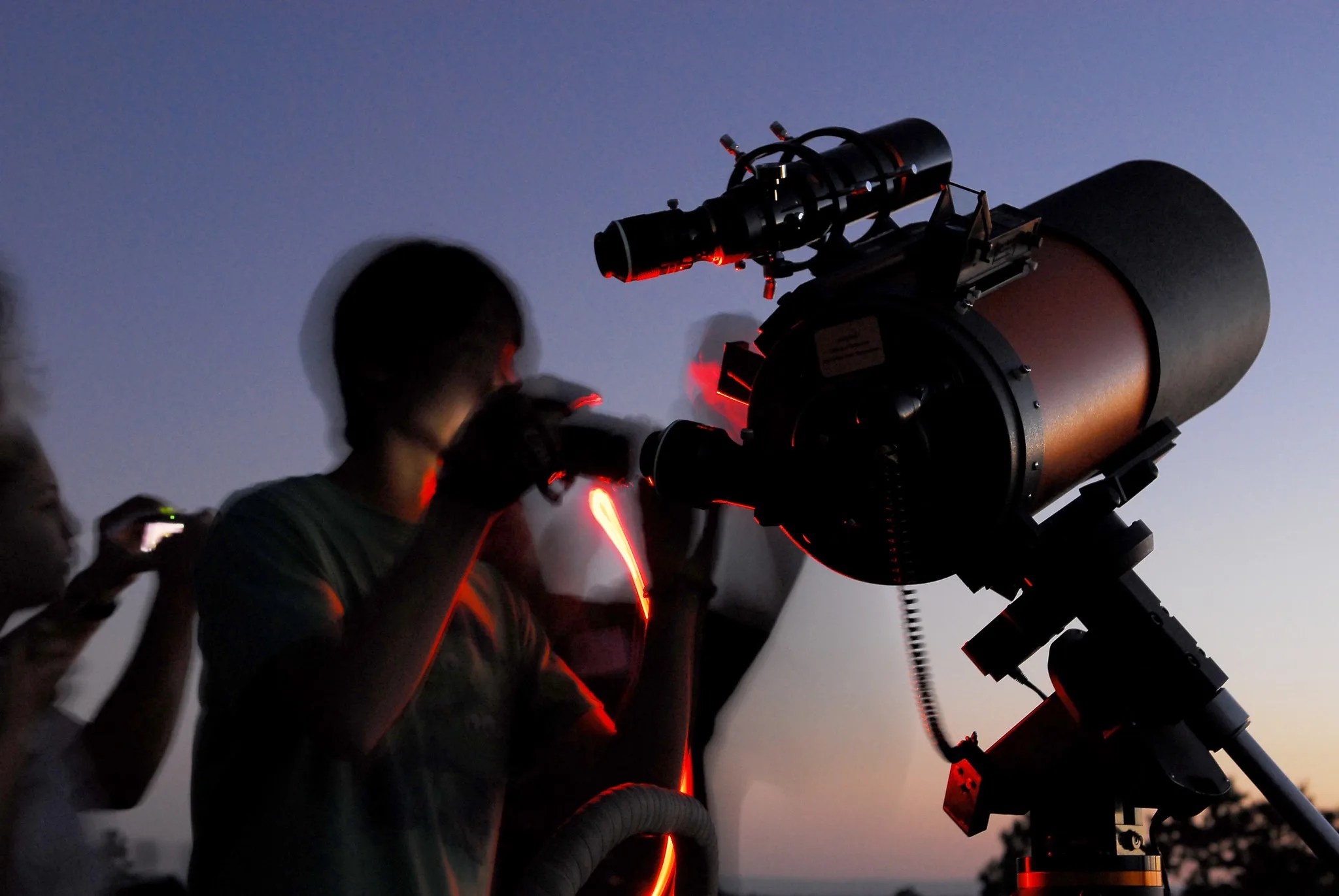Moon in Motion: Phases, Patterns, and More
Does the Moon rotate? Does the Moon spin on its axis?
Yes! The time it takes for the Moon to rotate once on its axis is equal to the time it takes for the Moon to orbit once around Earth. Thanks to this synchronous rotation, the same side of the Moon always faces our planet.
If the Moon did not rotate on its axis at all, or if it rotated at any other rate, then we would see different parts of the Moon throughout the month.
Does the Moon orbit Earth?
Yes. The Moon takes about one month to orbit Earth (27.3 days to complete a revolution, but 29.5 days to change from new moon to new moon). As the Moon completes each 27.3-day orbit around Earth, both Earth and the Moon are moving around the Sun. Because of this change in position, sunlight appears to hit the Moon at a slightly different angle on day 27 than it does on day zero ― even though the Moon itself has already traveled all the way around Earth. It takes a little more than two additional days for sunlight to hit the Moon in the same way it did on day zero. This is why it takes 29.5 days to get from new moon to new moon, even though it doesn’t take quite that long for the Moon itself to travel once around Earth.
Are Moon phases the same everywhere on Earth?
Yes, everyone sees the same phases of the Moon. People north and south of the equator do see the Moon’s current phase from different angles, though. If you traveled to the other hemisphere, the Moon would be in the same phase as it is at home, but it would appear upside down compared to what you're used to! For example, on March 8, 2021, the Moon was in a waning crescent phase. Seen from the Northern Hemisphere, the waning crescent appeared on the left side of the Moon. Seen from the Southern Hemisphere, the crescent appeared on the right.

Are Moon phases caused by shadows from Earth?
No. The only time Earth’s shadow affects our view of the Moon is during a lunar eclipse. Generally, one half of the Moon ― the side facing the Sun ― is brightly illuminated, and one is in shadow. We use moon phases to describe the way our perspective on the half-lit Moon changes as Earth and Moon move through space over the course of a month. During a crescent moon, for example, the part of the Moon that faces Earth is mostly in shadow, and the far side of the Moon is mostly sunlit. The visible crescent is the only part of the lunar nearside that is experiencing daytime.

Why do we see Moon phases?
The Moon is always half-lit by the sun (except during a lunar eclipse). The side of the Moon facing the Sun appears bright because of reflected sunlight, and the side of the Moon facing away from the Sun is dark. Our perspective on the half-lit Moon changes as the Moon orbits Earth. When the side nearest to us is fully lit, we call this a full Moon. When the far side is fully lit and the near side is dark, we call this a new Moon. When we see other phases, we are looking at the division between lunar night (the dark part) and day (the bright part).
Is there a "dark side of the Moon"?
There is no permanent dark side of the Moon. The far side of the Moon gets as much sunlight as the near side. Like Earth, the Moon has a day side and a night side, which change as the Moon rotates.
The Sun always illuminates half of the Moon while the other half remains dark, but how much we are able to see of that illuminated half changes as the Moon travels through its orbit. When it's daytime on the near side of the Moon, that's the full moon phase. When it's nighttime on the near side of the Moon, that's the new moon phase.
What is the Moon really shaped like?
The Moon is shaped like an imperfect sphere. From a distance, it looks nearly round. Seen up close, the Moon’s surface is a three-dimensional landscape of mountains, valleys, and craters. Explore the Moon’s surface from wherever you are in this 3D map built from data captured by NASA’s Lunar Reconnaissance Orbiter (LRO). From Earth, our view of the Moon's sunlit surface changes throughout the month. Learn about crescent moons, full moons, and other moon phases here.
Can I see the Moon during the day?
Yes! The Moon is up just as much during the day as it is at night, but you might not notice it as easily. Because the Sun is also up, and because the Moon phases that are most often visible in daylight show us only a little bit of the Moon’s bright side (like the crescent Moon phases), the Moon is harder to see during the day.
Why does the Moon rise and set? Can people in different countries see the Moon on the same day?
Moonrises and moonsets occur for the same reason as sunrises and sunsets: Earth rotates once a day. This means that observers in many different parts of the world have their turn looking at the Moon throughout each day, just like we all see the same Sun over the course of 24 hours.
Moonrise and moonset times change each day as the Moon moves through its monthly orbit around Earth. Learn more about the Moon's motion through space here.
Why does the Moon look largest close to the horizon?
This is an optical illusion. Prove it for yourself here!
Origin and Nature of the Moon
Does the Moon make its own light (like the Sun does)?
The Moon does not make its own light. “Moonlight” is really sunlight that has reflected off of the Moon’s surface.
What is moonlight? How is the Moon lit?
The Moon does not make its own light. All moonlight is reflected sunlight. The bright part of the Moon is experiencing daytime.
What is the Moon? Is it a planet?
The Moon is a natural satellite, or a space object that orbits around something else. Our Moon is Earth’s natural satellite. In general, a moon is a natural satellite of a planet, and a planet is a special kind of natural satellite that orbits a star and also meets other conditions. Learn more: What makes a planet a planet?
How did the Moon form?
The leading theory is that a Mars-sized object collided with Earth billions of years ago, and debris from this collision eventually formed the Moon. Here is an animation that shows what this might have looked like:
Does the Moon have gravity? Do things float “up” when dropped on the Moon?
The Moon does have gravity. Because the Moon has less mass than Earth, its gravitational pull is weaker (about one-sixth of Earth’s). On the Moon, you’d be able to jump about six times as high as you can on Earth ― but you would still come back down!
What would happen if there was no Moon? How does the Moon affect Earth?
Earth would be a very different world if it had no Moon. The Moon's gravity keeps our planet from wobbling on its axis too much, which helps to stabilize our climate. The Moon also plays an important role in creating Earth's ocean tides.

